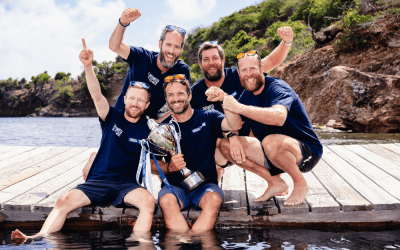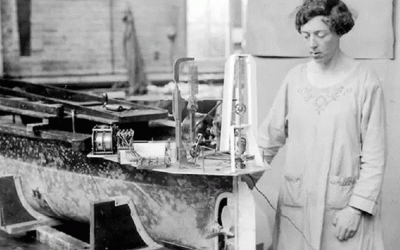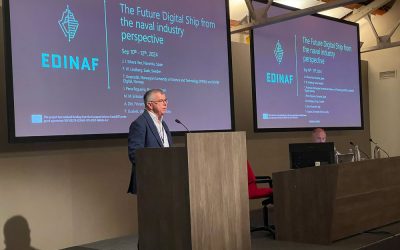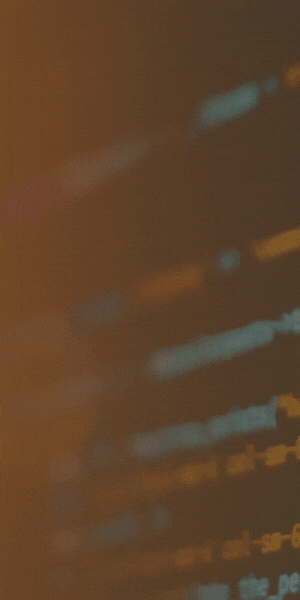
Yet its years of merchant service came at a time of growth for the shipowner, now known as Iino Kaiun Kaisa (Iino Lines), which became one of Japan’s biggest tanker operators. Today, Iino Lines has a wet tonnage fleet mainly comprised of very large crude carriers (VLCCs) that are still helping to meet Japan’s demand for oil imports.
In March 2020, the owner took delivery of the 312,499dwt fifth-generation Fujisan Maru, one of two VLCCs designed and built by Namura Shipbuilding at its Imari shipyard on the island of Kyushu.
Malaccamax design
The latest Fujisan Maru, which will primarily ship crude between the Persian Gulf and Far East, is a fourth-generation Malaccamax, which means to say it is has been built to the largest dimensions currently capable of passing through the Strait of Malacca. Notwithstanding the 25m average depth in the Strait, Namura Shipbuilding tells The Naval Architect that one of the main differences from a conventional Capesize or VLCC is that a Malaccamax isn’t fitted with a bulbous bow, allowing it to be several extra metres longer. The latest design has a length overall (LOA) a fraction under 339m, 6m more than the previous Malaccamax generation and 24m more than the original iteration of these vessels. Namura Shipbuilding explains these further gains, and with it further increase in cargo volume, were made possible through a relaxation of Japanese port restrictions.
The additional length allows for a more efficient vessel due to the slightly increased cargo capacity of 351,296m3. In total, there are 15 cargo tanks arranged in five sets of port, starboard and centre tanks, as well as two slop tanks. This arrangement allows for simultaneous carriage of three grades. Three Shinko steam turbine driven cargo pumps and two stripping eductors comprise the cargo handling equipment.
Efficiency measures
The ship’s propulsion performance is improved by adoption of energy saving devices developed by Namura Shipbuilding. These include the long-established Namura flow Control Fin and the Rudder Fin attached to the stern, together with the aerodynamic narrow superstructure, hub vortex reduction type propeller boss cap, and low-friction type antifouling coatings. Power comes from the single ultra-long stroke MAN B&W 7G80ME-C9.5 two-stroke diesel main engine built by Mitsui, rated with a 24,700kW output at 67rpm.
The vessel has been built for compliance with IACS’ Harmonised Common Structural Rules for bulk carriers and oil tankers (CSR-BC&OT), as well as anti-corrosion regulations such as IMO’s Performance Standard for Protective Coatings for oil and water ballast tanks (IMO PSPC-COT and PSPC-WBT). Fujisan Maru is also notable for being the first vessel in Iino Lines’ fleet to have a scrubber installed, being equipped with an Alfa Laval U-type open loop system.
TECHNICAL PARTICULARS
Fujisan Maru
Vessel type: Crude oil tanker
Length (oa): 38.92m
Breadth moulded: 60m
Cargo capacity: 351,296 m3
Deadweight (design): 312,499t
Gross tonnage: 160,106t
Main engine output: 24,700kW
Classification society: ClassNK
Flag: Japan





